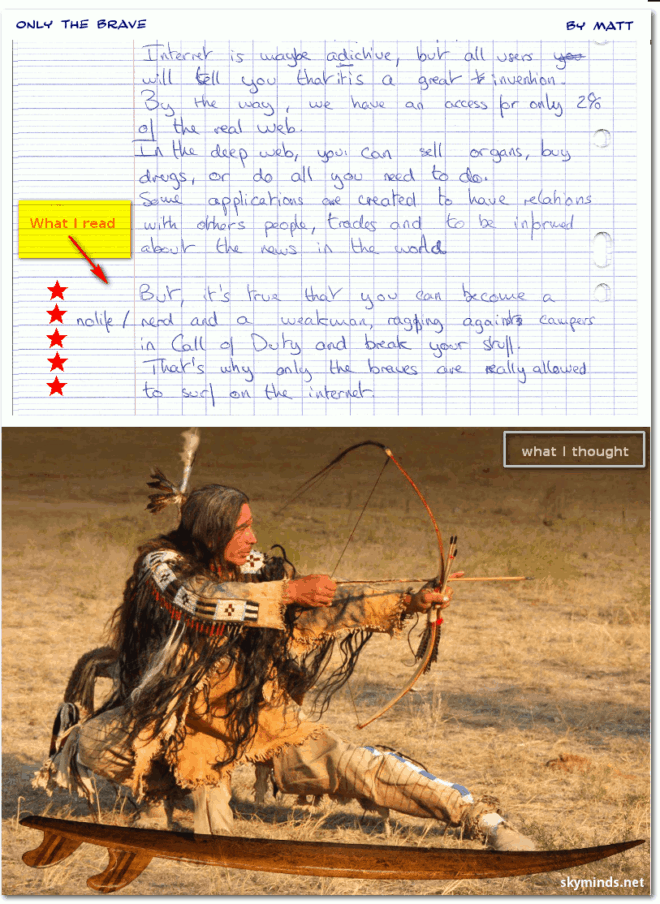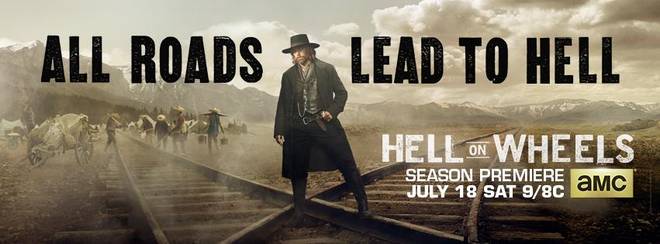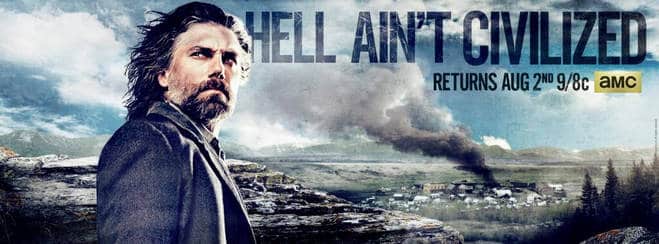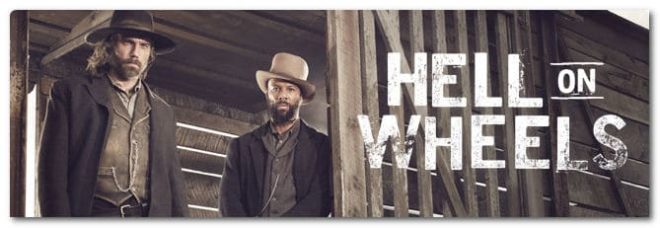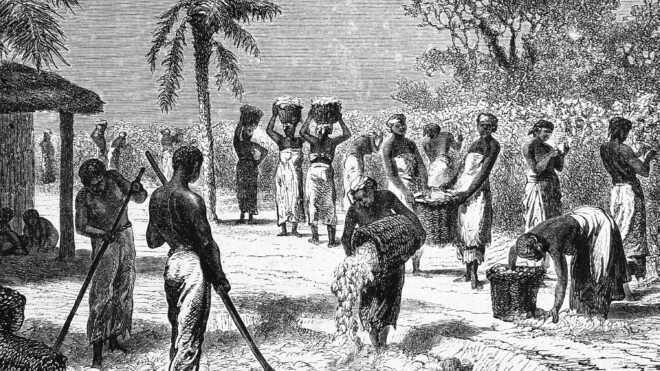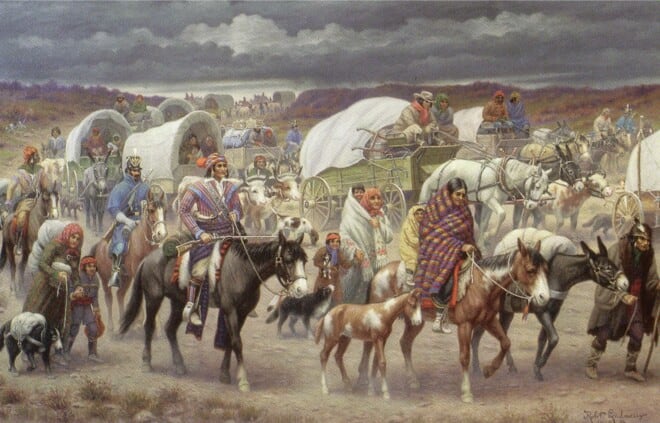Mister B.
Grading papers with Mister B. : “only the brave are really allowed to surf on the Internet”
Cette semaine, j’ai fini de corriger les expressions écrites sur l’usage des nouvelles technologies de mes chers secondes. Grosso modo, …
Lire Grading papers with Mister B. : “only the brave are really allowed to surf on the Internet”
